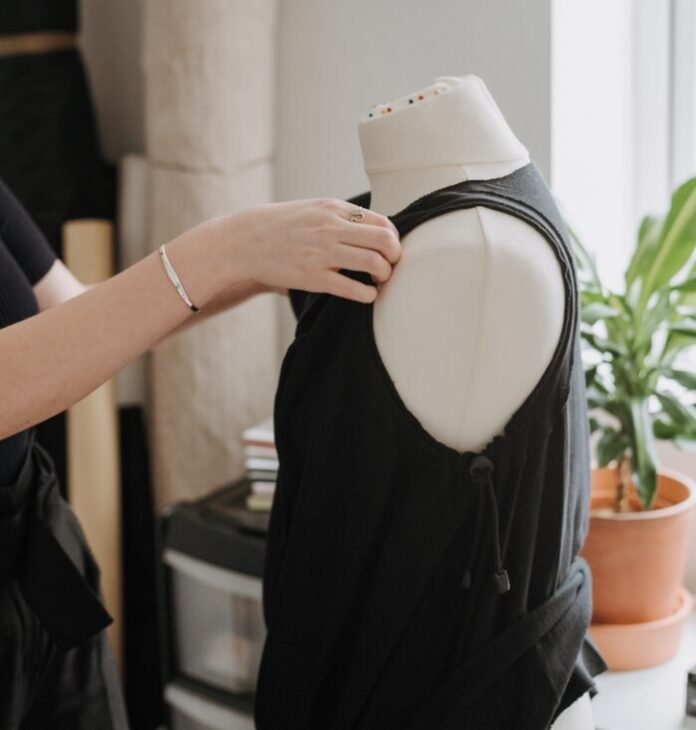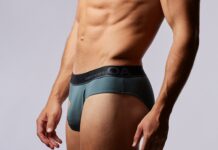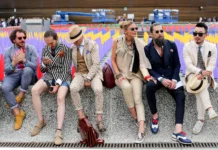Are you thinking about importing clothing or other textile products from China? This guide will teach you everything you need to know about choosing the right clothing manufacturer.
Clothing and textile manufacturers do not keep inventory on hand. They provide production as an “on-demand service” instead. Some vendors don’t even maintain fabrics, zippers, or other components in stock, instead of ordering them as needed for each project.
So, what keeps importers interested in clothing wholesalers? The reason for this is, manufacturers have a minimum order quantity (MOQ), whereas wholesalers do not.
Below we have compiled an introduction to the three most important factors you need to consider when opting for clothing manufacturers in China.
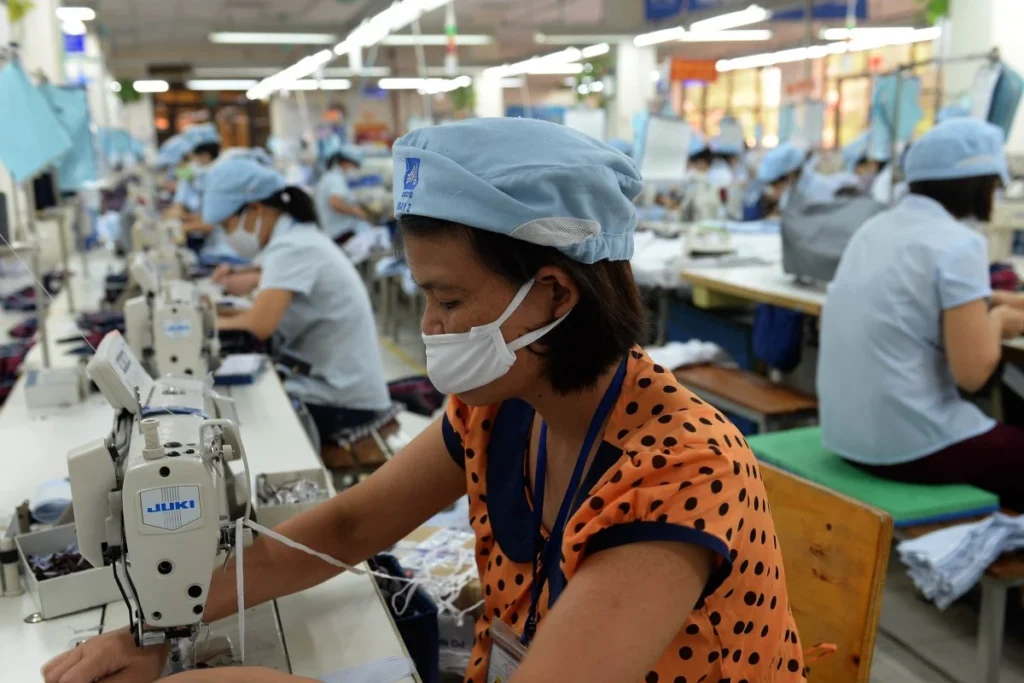
1. Product Scope
All suppliers specialize in specific product categories and, in some cases, materials. If you want to import GOTS certified organic cotton t-shirts, look for suppliers who make GOTS certified organic cotton t-shirts. Don’t look for suppliers who make cotton t-shirts.
This holds true for printing techniques as well as other technical requirements. If you want to import DTG printed t-shirts, for example, you should only consider suppliers who already offer DTG printing. Or if you wish to import custom jackets, look for a well-known custom jackets manufacturer in China. Click here for more information.
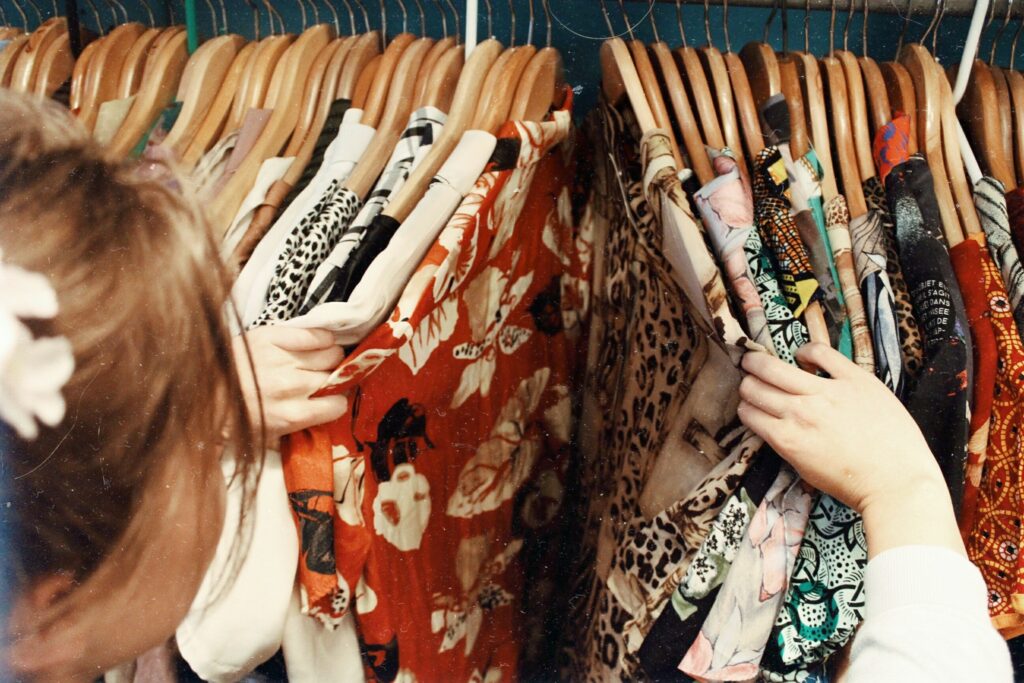
2. Minimum Order Quantity (MOQ) Requirement
A minimum order quantity (MOQ) is required of all suppliers. For example, if the supplier’s minimum order quantity (MOQ) is 500 pieces, you must purchase at least 500 pieces. Otherwise, they will be unable to accept your order.
There are three different MOQs to keep track of in the textile industry:
- MOQ per order: Normally 500 – 1000 pcs
- MOQ per fabric: Normally 250 – 500 pcs
- MOQ per color: Normally 250 – 500 pcs
- MOQ per size: Normally 100 – 250 pcs
It’s worth noting that the MOQ frequently reflects the bare minimum of fabric that the supplier must purchase from their subcontractors. As a result, by using the same fabrics and colors on multiple products, you can reduce the overall MOQ.
Furthermore, custom colored fabric (i.e., according to a specific Pantone) has a higher MOQ than standard fabric colors from the supplier.
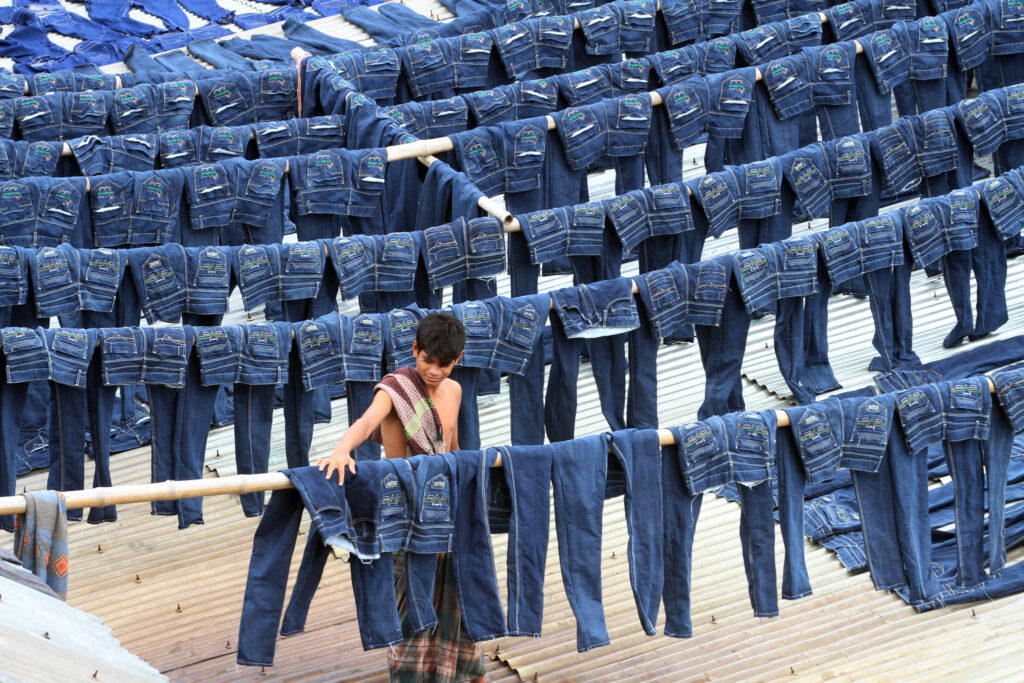
3. Test Reports
Most countries, including the United States, Europe, and Australia, regulate clothing textiles. The majority of applicable safety standards, such as REACH (Europe) and California Proposition 65, limit the use of chemicals, heavy metals, and pollutants.
Some common examples are:
- Lead
- Mercury
- Cadmium
- AZO dyes
- Formaldehyde
- Phthalates
The majority of Chinese manufacturers, particularly smaller ones, are unaware of the substance contained in their textiles. It is a deeply rooted problem that extends far beyond the manufacturer. Subcontractors supply fabrics and components to all clothing manufacturers. Material subcontractors can number from two or three to hundreds.
To ensure that non-compliant materials do not pass muster, the supplier must test a large number of samples. In many cases, most small factories consider it too costly and time-consuming.
Importers in Europe, America, Canada, and Australia must choose a supplier who can demonstrate a track record of compliance in the form of test reports. These reports must be issued by an accredited third party such as SGS or Intertek.
Clothing test reports
On the basis of the following documents, for example, you can make a compliance assessment:
- REACH (SVHC) test report
- OEKO tex standard 100
- California proposition 65
- Heavy metals test report
- Azo dyes test report
- MSDS
- Bill of substances
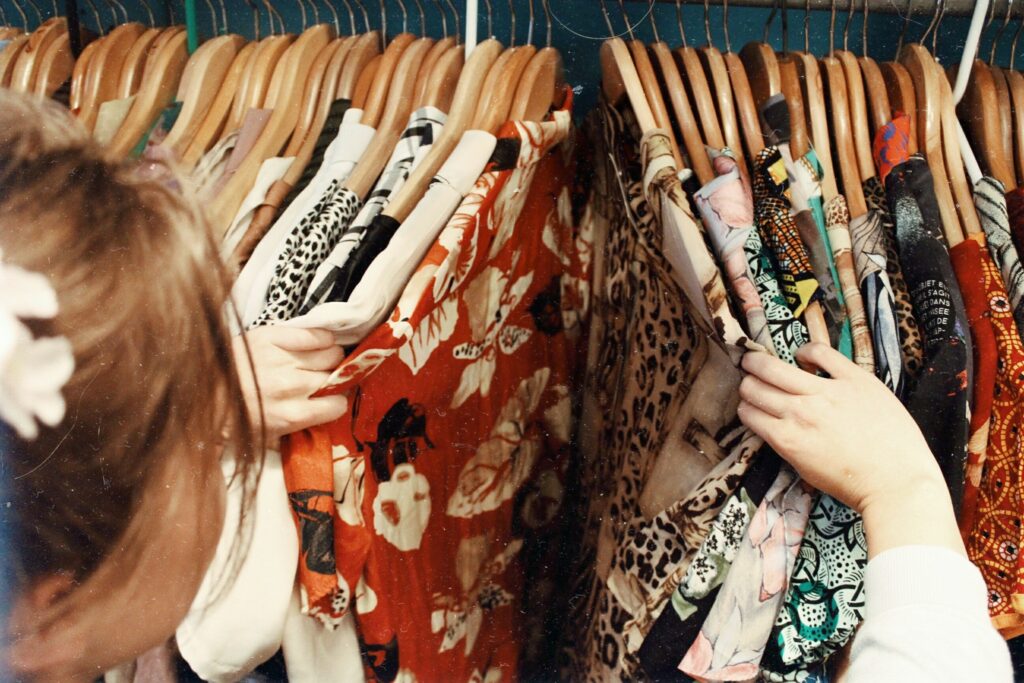
4. Fabric Quality
In 2011, a European company tasked us with handling the product development process for a new polo shirt collection. They’d already chosen a new manufacturer in the southern Fujian province to produce their new designs.
It was a reliable supplier. A clean facility, a long history, plenty of capital, modern machinery, and a strict quality management system distinguish this company.
The samples have been delivered to the client, and testing has begun. After a few weeks of use and washing, it was clear that the material quality fell far short of the client’s expectations. While they hoped to match the quality of GANT and Ralph Lauren, this sample would be sent to a retailer.
Obviously, the client was irritated, and we filed a complaint with the supplier. They created a new batch of samples. But the outcome was the same. This is when we realized that, while this supplier was dependable, it was unable to meet our buyer’s quality standards.
It turned out that they were indeed specialized in producing low-cost apparel for discount markets, and that they were also very good at it.
What this example teaches us is that, before you begin, you must first gather your fabric specifications. Never assume that a Chinese clothing and textile manufacturer specializes in producing items that meet your quality standards.
Source Fabrics Directly from Material Suppliers
In recent years, experts have increasingly used the strategy of sourcing two sets of suppliers:
- Supplier A: a clothing manufacturer.
- Supplier B: a supplier of materials.
It can be time-consuming to rely on the apparel manufacturer to select fabrics and other materials. For example, communicating fabric quality requirements to a supplier can be difficult. It can take weeks or even months of emailing back and forth to obtain the correct fabric samples.
If you have specific fabric requirements, it’s best to identify a fabric provider and request samples from them directly. Right after, the fabric supplier will transport the materials to the manufacturer of apparel when the production time occurs.
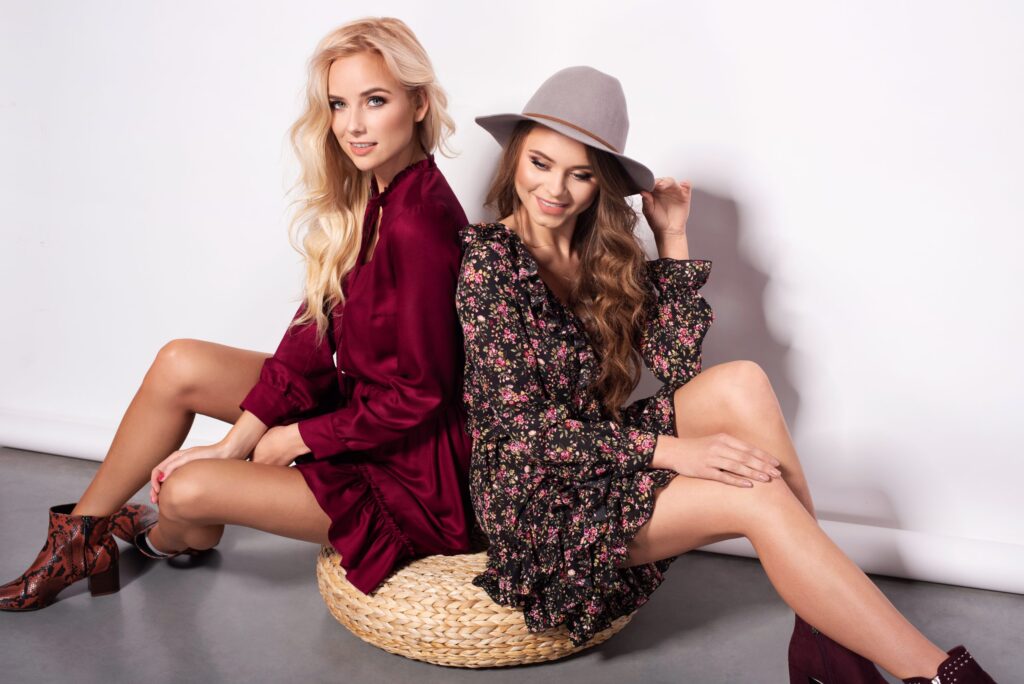
5. BSCI and Sedex Audit Reports
BSCI and Sedex are manufacturer membership organizations that conduct regular social compliance audits in factories around the world. BSCI, for example, uses a protocol based on the following core principles:
- The freedom of association and collective bargaining rights
- Appropriate remuneration
- Workplace health and safety
- Young workers are given special protection.
- There will be no forced labor.
- Ethical business practices
- Working hours that are reasonable, the absence of child labor, and the absence of precarious employment
- Environmental protection
Apparel factories that have already been audited by BSCI or Sedex tend to be better managed than those that do not have such audit reports. There are several reasons for this, but BSCI and Sedex (SMETA) audit reports are among the primary selection criteria we employ when sourcing textile factories in China, Vietnam, India, and other countries.
Conclusion
We hope this guide answers some of the questions that have been holding you back from taking the first step.
You can always take your business to the next level if you have the right knowledge. Also, as the process is time and energy-consuming, keeping your motivation level balance is crucial. To keep your mind fresh and open to. New ideas, we recommend reading some top quotes by guyabouthome.
After all, it’s time to enjoy the next level!

